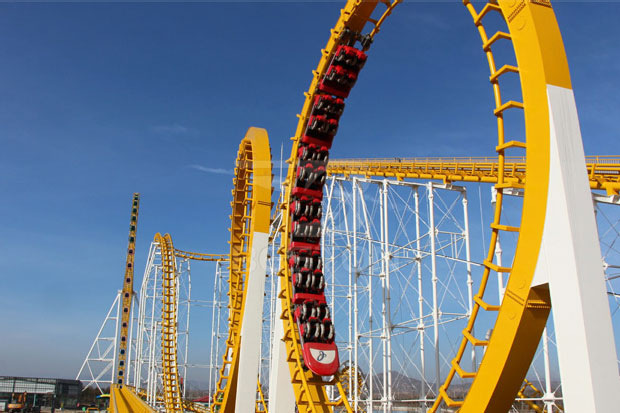The History Of Roller Coaster Rides For People Who Love Coasters
Do you like roller coaster rides? If so, then you’re not alone. More than 300 million people face their fears and hop on a roller coaster every year. There are more than 2,400 roller coasters on the planet, so you’re guaranteed to find one not too far from where you’re standing. It might surprise you to know that roller coasters aren’t a new invention. According to most historians, roller coaster manufacturing companies have been entertaining guests for more than four centuries.
The Early Days of the Roller Coaster
It’s believed that modern roller coasters all share a similar ancestor in the “Russian Mountains”. These mountains are actually large mounds of ice located in Saint Petersburg. They were constructed during the 17th century and were very popular with Catherine the Great. Guests sat on sleighs and moved quickly down the icy hills past a variety of decorations like colored lanterns. Some sleighs were then given wheels so that guests could ride the wooden framework during the summer months when there was no ice.
Several variations of the Russian Mountains began to appear throughout Russia during the 18th century. But it wasn’t until the 19th century that the wheeled design began to appear in other regions of the world. One of the earliest wheeled coasters outside of Russia was built in Paris in 1812. This coaster was more advanced than older models with guide rails and wheels that could be fixed to the track.
These early designs were the foundation of modern coasters and other rides (https://bestonamusementrides.com/thrill-rides-for-sale/), but the concept would experience a major overhaul on American soil during the late 19th century.
The Modern American Coaster
La Marcus Thompson is often referred to as the “Father of the Roller Coaster” or “Father of the Gravity Ride”. He would file more than thirty patents dealing with roller coaster and rail technology during the 19th century. His first major accomplishment was the Gravity Switchback Railway built on Coney Island. It was constructed in 1884 and would eventually make more than $600 every day.

American roller coasters would soon become a national interest, and La Marcus Thompson would lead the development of several new innovations. It started with switchback rails, which were able to automatically move carts back to the start of the ride. He helped encourage newer developments like complete-circuit tracks, serpentine railways, and lift systems, which all made the rise easier, more reliable, and more profitable.
This was also the time roller coasters were becoming bigger, faster, and more experimental. The first roller coaster loops were built at the beginning of the 20th century. The Flip Flap Railway at Sea Lion Park was considered a disaster, but a second looping coaster called The Loop proved that it could be done safely and without causing severe discomfort to the riders.
We Still Love Roller Coasters Today
Today’s coasters are bigger and faster than ever. We’ve already seen coasters that peak higher than buildings and reach speeds beyond 100 mph. It’s likely more than Catherine the Great or La Marcus Thompson ever thought was possible. But the truth is that people love the excitement and adrenaline that comes from riding a roller coaster that manufacturing by Beston Amusement Company. And we will no doubt see even more incredible innovations during the next century.
